What Lives in Montana’s Forests?
Dive into the world of local wildlife and encounter fascinating species in Montana’s Glamping Cabins Resort - The Hohnstead.
If you’ve ever wondered what creatures call Montana (and The Hohnstead’s) wild forests home, you’re in for a treat. At our glamping cabins nestled deep in the woods, we’ve had front-row seats to some pretty incredible wildlife encounters—and we caught many of them on video! Whether it’s a majestic elk jumping around all drunk-like, or a deer hanging out in the company of elk, or animals trying to eat our wildcam — Montana’s forests are teeming with life and all we have to do is pay attention (or set up a hunting cam and go back to bed).
Meet the Locals: Animals of the Montana Woods
Elk
These massive creatures are among the largest land mammals in North America and are known for their haunting bugle calls during rutting season. Fun fact: A bull elk’s antlers can grow up to an inch a day in summer!
Black Bear
Yes, they’re here, but unlike Grizzly bears, Black Bears are usually more scared of you than you are of them. So wave your hands, yell, throw rocks at them, and they’ll sprint into the woods. Black bears are the largest land mammals we've seen on our property, and despite their name, their fur can be brown, cinnamon, or even blonde. They’re typically shy, solitary, and prefer to avoid people. In spring and early summer, you might spot one turning over logs or wandering the edges of meadows in search of berries or insects. They’re incredibly agile—able to run up to 30 mph and climb trees with ease!
Mule Deer & White-Tailed Deer
You’ll likely see deer if you spend even a little time hiking our trails. Mule deer, with their oversized ears, tend to stick to open forest edges, while white-tailed deer are a bit more elusive, darting off with their iconic tail flash. Keep your eyes peeled near dusk—they’re most active then. Recently, we’ve seen them hanging out in groups of 5-6.
Montana Red Fox
Graceful, quiet, and stunning in its red coat, the Montana red fox is one of our more photogenic residents. They’re clever hunters too—sometimes using the earth’s magnetic field to pounce on prey hidden below. We don’t spot them very often, but there is a good one captured in our Youtube Video here.
Coyote
Though often mistaken for wolves, coyotes are smaller and more vocal. We’ve captured a few on camera with their signature yipping and howling in the background. They’re highly adaptable, often hunting in pairs or solo, and are key players in keeping the rodent population in check (thank you coyotes for that!)
Sandhill Crane
These elegant, prehistoric-looking birds are a seasonal treat. Standing nearly four feet tall, with a distinct red cap and echoing calls, sandhill cranes migrate through our area in spring and fall. Seeing them glide across the sky in formation is nothing short of magical. Once you hear and identify one, you’ll never be able to forget that specialty call and moment.
Gophers & Squirrels
It wouldn’t be a proper Montana forest without some mischievous little ground dwellers. Gophers are expert tunnelers, aerating our soil like tiny, unseen farmers. As for squirrels, we have a few species, including the red squirrel and the northern flying squirrel. Who needs an alarm clock when you live in the forest full of squirrels :)
Recently, we spent a few months capturing wild critters that pass our property at one particular seasonal pond. Having a Wildcam do most of the shooting, when set on a movement setting, is one of the greatest joys. Going back to the camera a few times a week, feeling like a kid in a candy store, not knowing what you were going to get. Some footage was useless because an elk decided to move the camera, and it got nothing but a branch, moving in the wind. Some footage was at night, which was hard to see unless the animal was directly in front of the camera. And some footage was just right, making me feel like modern-day Snow White haha.
A Symphony in the Trees:
Birds of Montana
Grab your binoculars (or your longest camera lens)—the skies and branches above are full of colorful, charismatic birds. Here are a few of our favorites that we’ve photographed around the Hohnstead cabins over the years:
Hummingbirds – Tiny marvels of the forest, hummingbirds are like living jewels zipping through the air. Their wings beat so fast they create a soft hum, hence the name! In Montana, you might spot the Calliope or Rufous hummingbird, both boasting dazzling iridescent feathers in greens, reds, and purples. These little acrobats hover effortlessly while sipping nectar from flowers or feeders, and their high-pitched chirps add a magical soundtrack to warm summer days.
Steller’s Jay – With its bold blue feathers and punk-rock crest, this noisy bird is the forest’s gossip. It mimics other birds and sometimes even human sounds.
Evening Grosbeak – This stocky yellow-and-black bird travels in flocks and loves sunflower seeds. Their short, thick beaks are perfect for cracking tough shells.
Canada Jay – Also called the “whiskey jack,” these smart and friendly birds are known to follow hikers and scavenge snacks. They’re incredibly curious and a joy to observe.
American Robin – One of the first signs of spring, robins are excellent earthworm hunters and have a beautiful melodic song that’s hard to miss.
Western Tanager – A true forest gem, this bird flaunts bright yellow with a red-orange head. They may be shy, but their color makes them pop against the green trees.
Lazuli Bunting – Like a tiny piece of sky with wings, the male Lazuli Bunting is a dazzling blue beauty with a warm orange chest and white belly. These songbirds bring a splash of color and melody to the forest edge in spring and early summer. They favor shrubs and thickets and often sing from exposed perches.
Pileated Woodpecker – The forest’s drummer-in-chief, the Pileated Woodpecker, is impossible to miss. With its bold red crest, black-and-white stripes, and nearly crow-sized body, it looks like something straight out of a cartoon. You’ll often hear them before you see them—either their deep, resonant drumming echoing through the trees or their loud, laughing call. They carve out huge rectangular holes in dead trees looking for carpenter ants, and their excavations provide homes for other species long after they've moved on. A true symbol of wild forest life.
Great Horned Owl – The silent guardian of the night, the Great Horned Owl commands the forest after dark with its deep, booming hoots. Recognizable by its distinctive ear tufts—often called “horns”—and piercing yellow eyes, this powerful predator can take down prey much larger than itself, from rabbits to even other raptors. They’re masters of stealth and patience, blending into the shadows as they perch silently, watching over Montana’s woods.
Downy Woodpecker – Small but mighty, the Downy Woodpecker is the tiniest in Montana’s forests, but it makes up for size with its energetic drumming and sharp beak. With its black-and-white spotted wings and a bright red patch on the back of the males’ heads, it’s a lively and charming visitor at feeders and forest edges. You might catch it probing bark for insects or fluttering quickly between branches with a curious, busy energy.
Wild Turkeys – Though not originally native to Montana, wild turkeys have made themselves quite at home in our forests. You might spot either Merriam’s turkey, with its striking white-tipped tail feathers, or the Eastern turkey, which tends to have darker plumage. They forage for acorns, berries, and insects, skillfully blending into the underbrush while staying alert for danger. Strutting confidently across the forest floor, these social birds often travel in flocks and put on a dramatic display during mating season, with males fanning their iridescent tails and puffing out their chests (check out our recent encounter with two fighting stags we also caught on camera).
American Crow – Highly intelligent, social, and resourceful. Crows recognize faces and can even hold grudges. Trust us—they know who’s watching.
Bald Eagle – There’s nothing like the sight of this iconic raptor soaring overhead. They build enormous nests (some over a thousand pounds!) and return to them year after year.
Osprey – Often seen fishing along nearby rivers, ospreys dive talons-first into the water for trout. Watching them hunt is like witnessing a nature documentary in real-time.
Northern Goshawk – This fierce and elusive raptor is a true apex predator of the forest canopy. With blazing red eyes and lightning speed, goshawks are known for their agility, chasing down prey through dense trees with acrobatic skill. Spotting one is rare—and unforgettable.
Cooper’s Hawk – Sleek, stealthy, and built like a fighter jet, the Cooper’s Hawk is a skilled woodland predator. With its sharp talons and quick, darting flight, it’s often seen zipping through the trees in pursuit of smaller birds. They have a striking look: red eyes, a long, banded tail, and a steely blue-gray back.
If you’re looking for great Birding locations near Missoula, Montana (other than The Hohnstead, of course), check out this helpful post “Birding Around Missoula, Montana.”
If you’re a photography lover like me, check out these helpful 10 tips on “How To Photograph Nature.”
Come see for yourself why the Montana woods are so special—and maybe even catch a glimpse of some of these wild neighbors on your next visit to The Hohnstead Glamping Cabins.
Birding around The Hohnstead Glamping Cabins
Go beyond just bird-watching with this very helpful FREE aid.
Have you ever found yourself in the woods, in the park with lots of singing birds, but you could not see or identify them?
Some bird species are quite small and can conspicuously blend in with their environment, but what is a birder ( bird-watcher) to do?
Answer: Download the FREE Merlin Bird ID App (not sponsored, just a big fan)
What is Merlin Bird Id App?
Merlin Bird ID, which was designed by the Cornell Lab of Ornithology, is widely recognized as the best digital tool specifically designed for bird identification. With the help of eBird, this app is powered by Visipedia and has over 1382 supported bird profiles. The app's outstanding features of mostly accurate bird ID have helped all types of birders, from complete newbies to seasoned bird lovers.
Why should you download Merlin Bird ID?
The first time we learned about this new app, was from a guest, who loved the ease of use and easy identification based on the bird’s call. She opened the app, pressed the middle green button - Sound ID and the app used its magic to identify a bird that was singing at that moment. Or take a picture of the bird and use the Photo ID button instead.
Better yet, you get photos, sounds, range maps, and expert ID tips as you learn and build your birding skills while using the app.
Based on our last article on Birding around Missoula, MT, some people keep Life List of all bird species that they’ve ever witnessed. Merlin Bird ID helps you maintain that list if you sign in to a new account.
Explore function allows you to check out various birds that may be likely in an area near you (this morning, my app tells me that there are 119 bird species likely today near Missoula County). It is possible that other bird watchers in the area are also using this app and have been able to spot a few new ones for me.
My Sound Recordings inside the app keeps track of all the recordings I’ve done so far, which makes it fun to share with folks who are not familiar with this magical app.
When you connect with another birder, you realize that it’s not just the birds that we’re after, we’re observers and pay closer attention to nature. Some of us are photographers, like myself, and enjoy “getting that perfect shot.” Some of us are list-makers, using birding as a hobby we can track. Some of us are ornithologists, aka scientists who study birds using formal scientific methods. And if it wasn’t for the latter, we’d probably never have the ease and excitement of Merlin Bird ID.
More than 100 focal recordings are needed to train Merlin to identify a species, but only 20% of bird species worldwide have enough recordings. And that’s where you and me come in, by downloading and using the app!
Canada Jay / Gray Jay at The HohnStead Glamping Cabins
FUN FACT!
Canada Jay or Grey Jay are very smart birds. Their incredible adaptability allows them to eat almost anything, such as ticks off the back of a moose, baby bats, amphibians, baby birds, in addition to more normal foods like invertebrates, seeds, and berries.
The American Robyn in the rain.
One of our friends’ family is so passionate about birds, that they once competed against each other in a contest where you had to be able to identify birds by names and by their calls/sounds. This friend could identify a whopping amount, over 250 different bird species.
How many bird species can you identify?
Western Tanager at The Hohnstead Glamping Cabins
birds I identified with merlin bird id app at The Hohnstead this summer?
Cassin’s Finch
Mountain Chickadee
Northern Flicker
Clark’s Nutcracker
Stellar’s Jay
Sharp-shinned Hawk
American Goshawk
Brewer’s Sparrow
Golden-crowned Kinglet
Dark-eyed Junco
Black-capped Chickadee
Hairy Woodpecker
Western Tanager
Cedar Waxwing
Chipping Sparrow
Swainson’s Thrush
Yellow-rumped Warbler
Williamson’s Sapsucker
Pine Siskin
House Finch
American Robin
Evening Grosbeak
Wow! And that is only in the past 3 months.
While my camera and zoom lens haven’t always been available during my identifications, I was still able to catch some pretty great shots of a few birds (and other critters) in or near our garden, check them out below.
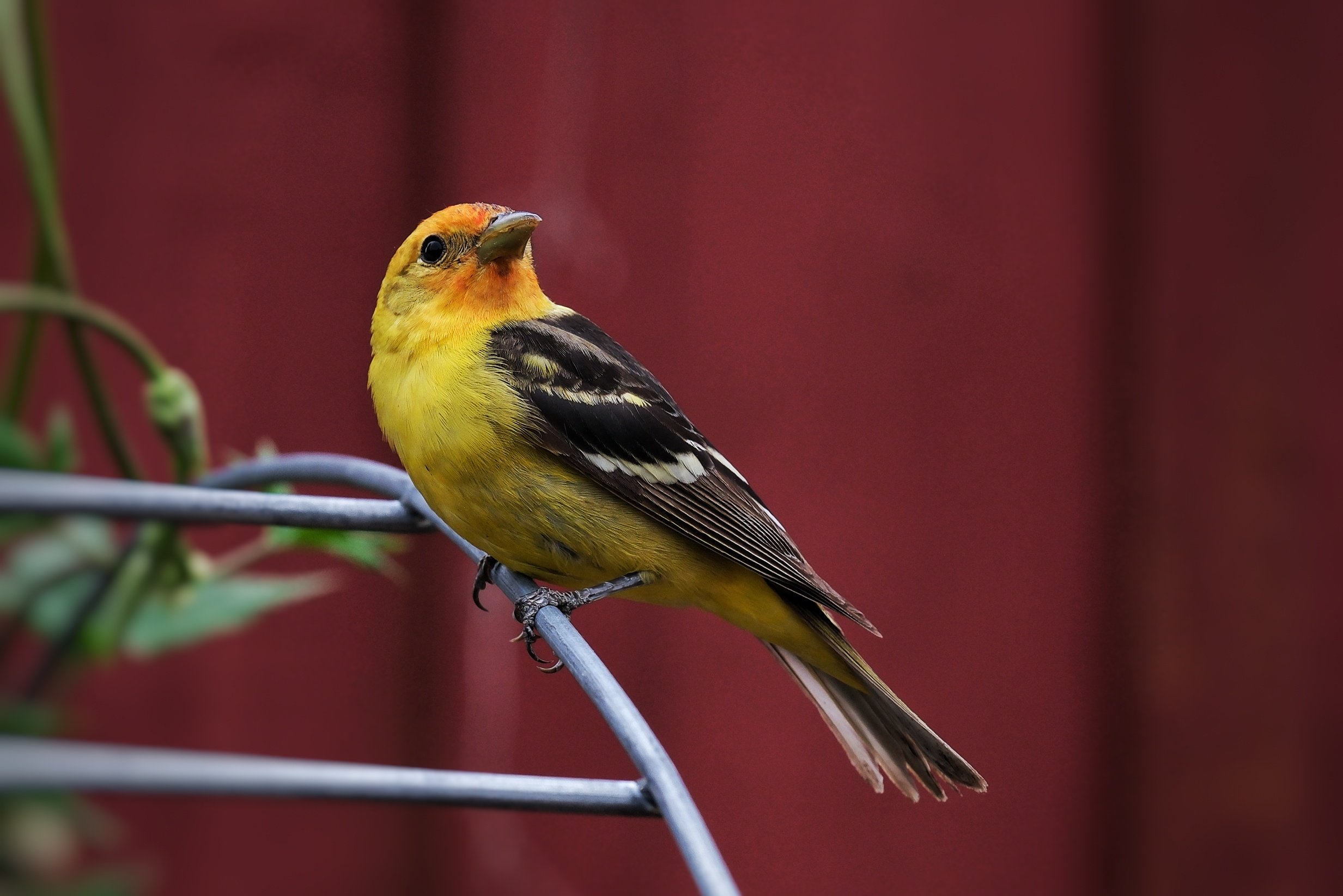
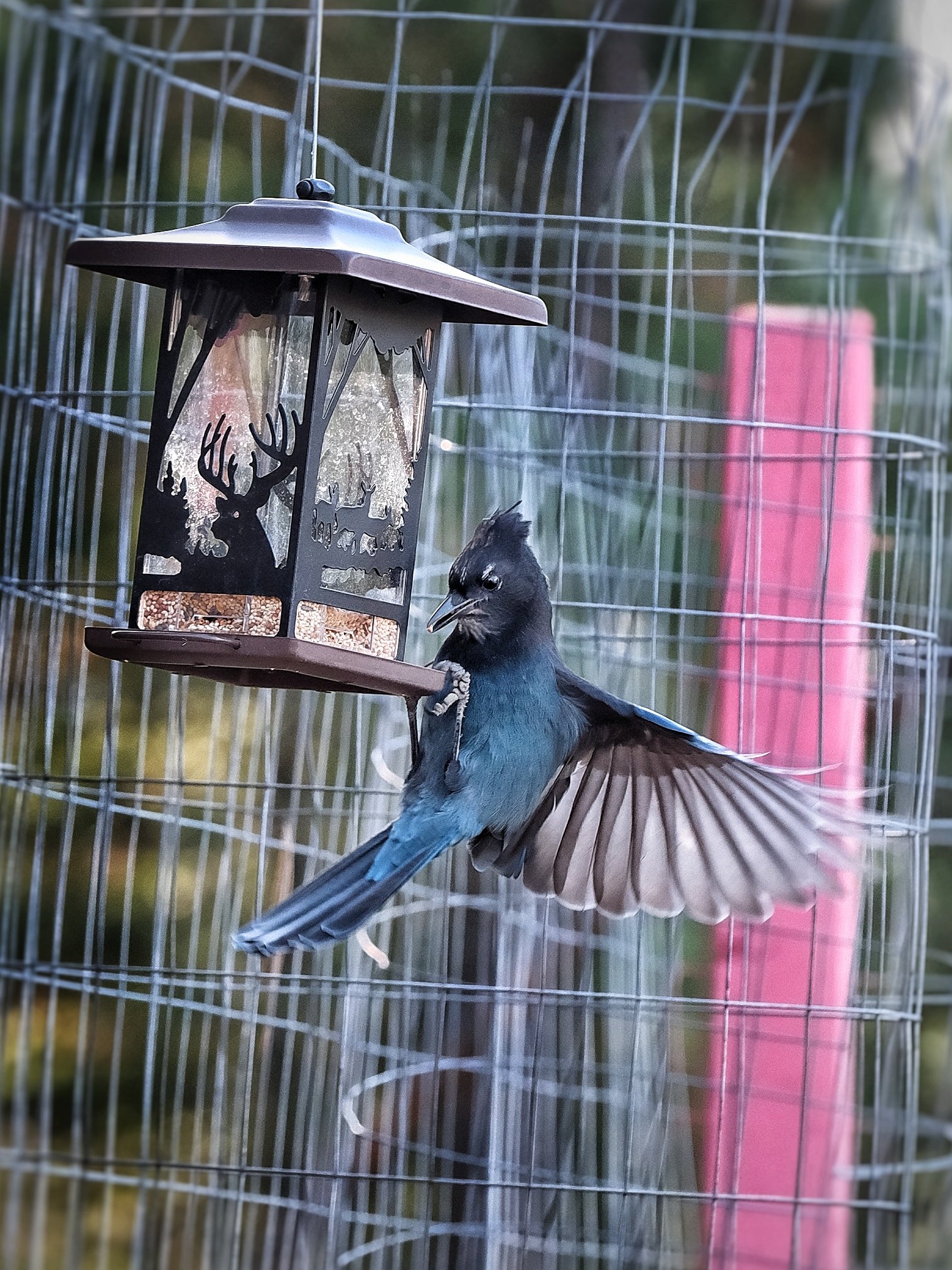

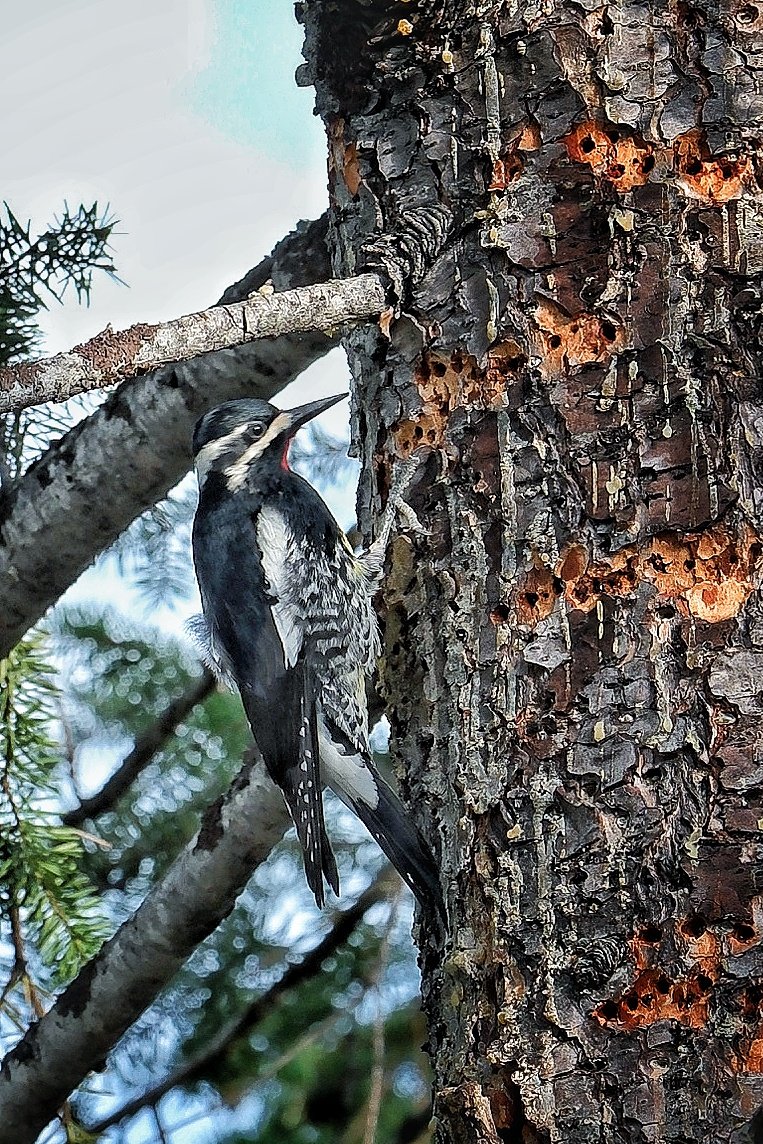
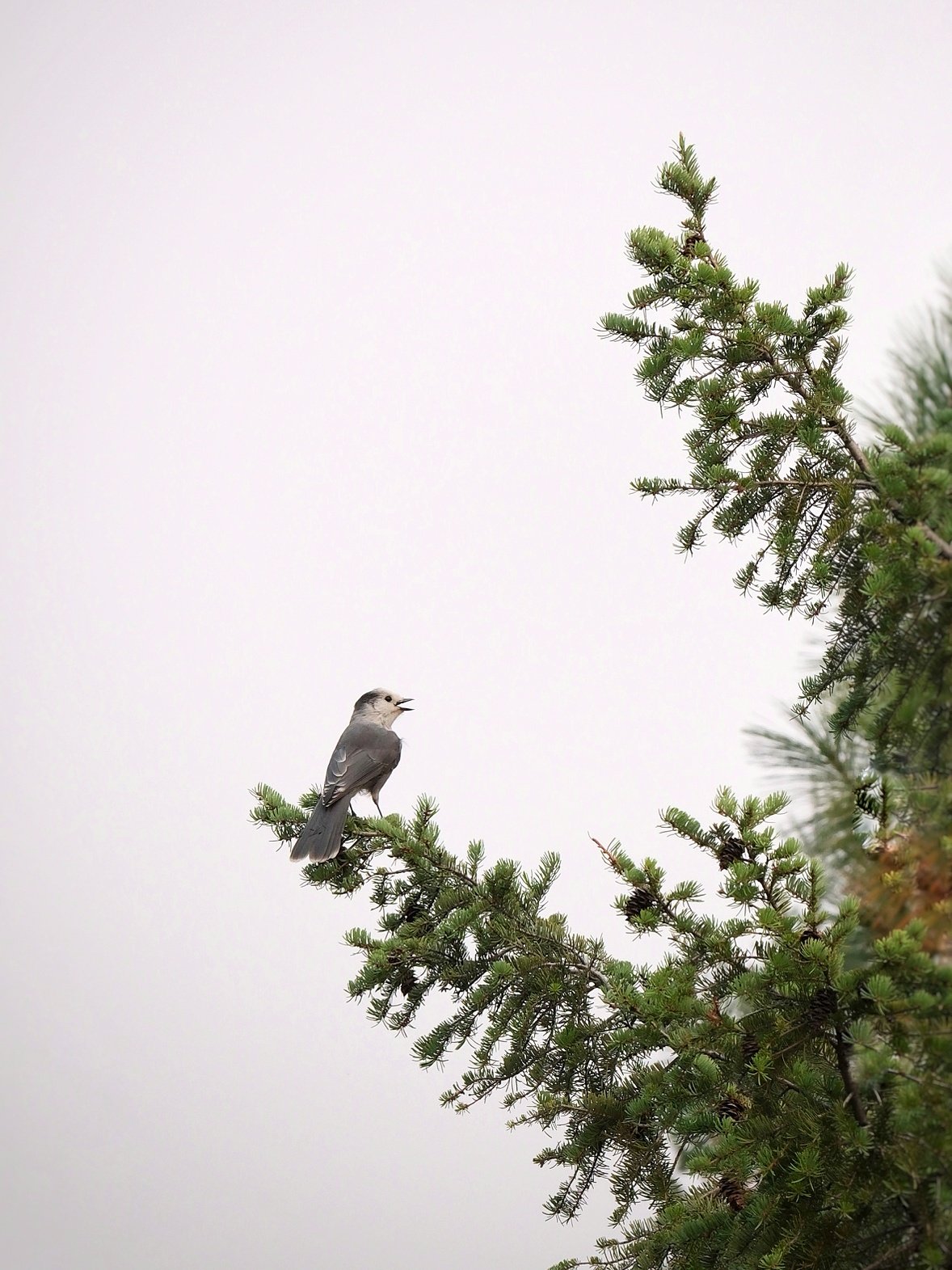
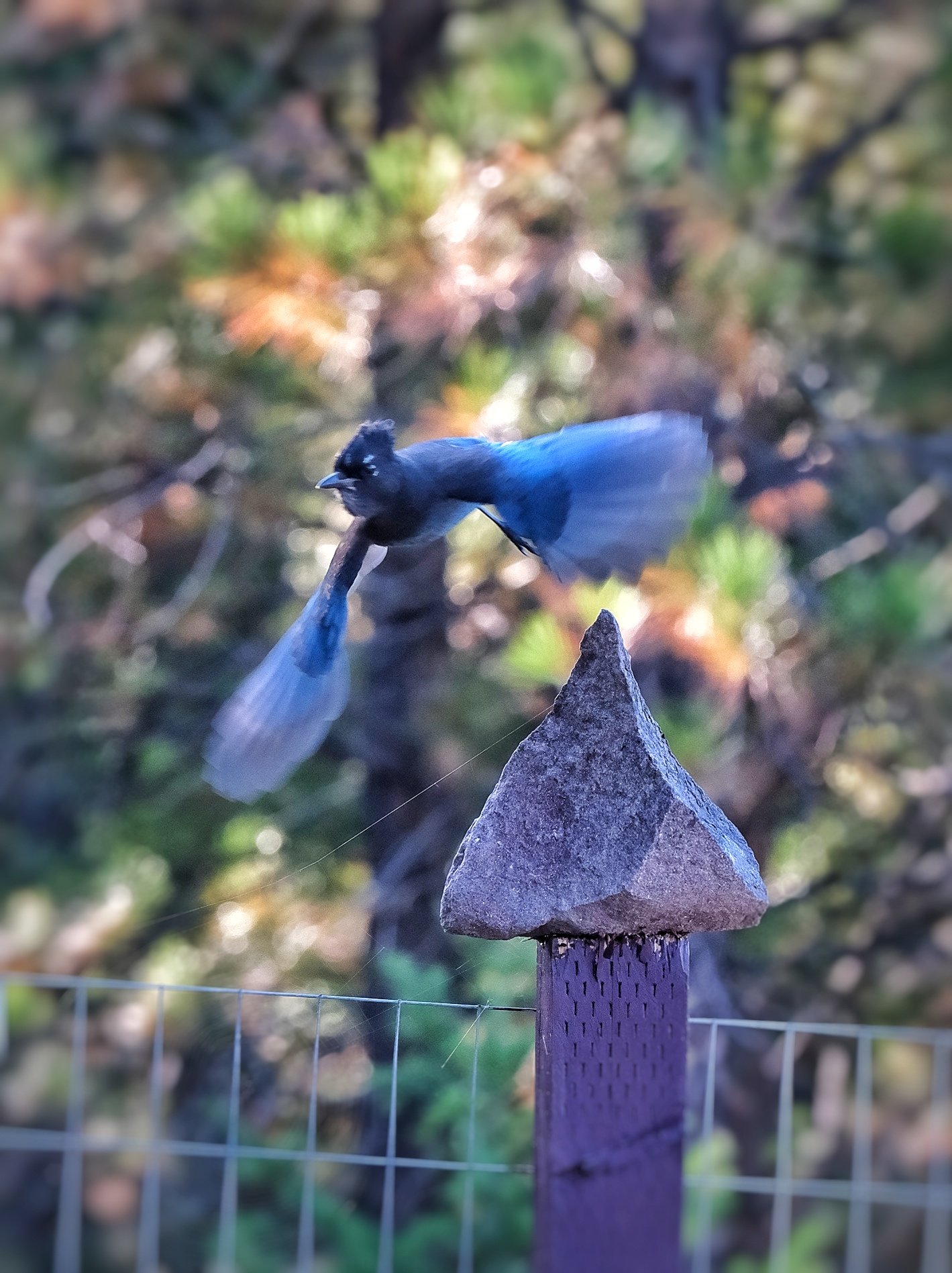





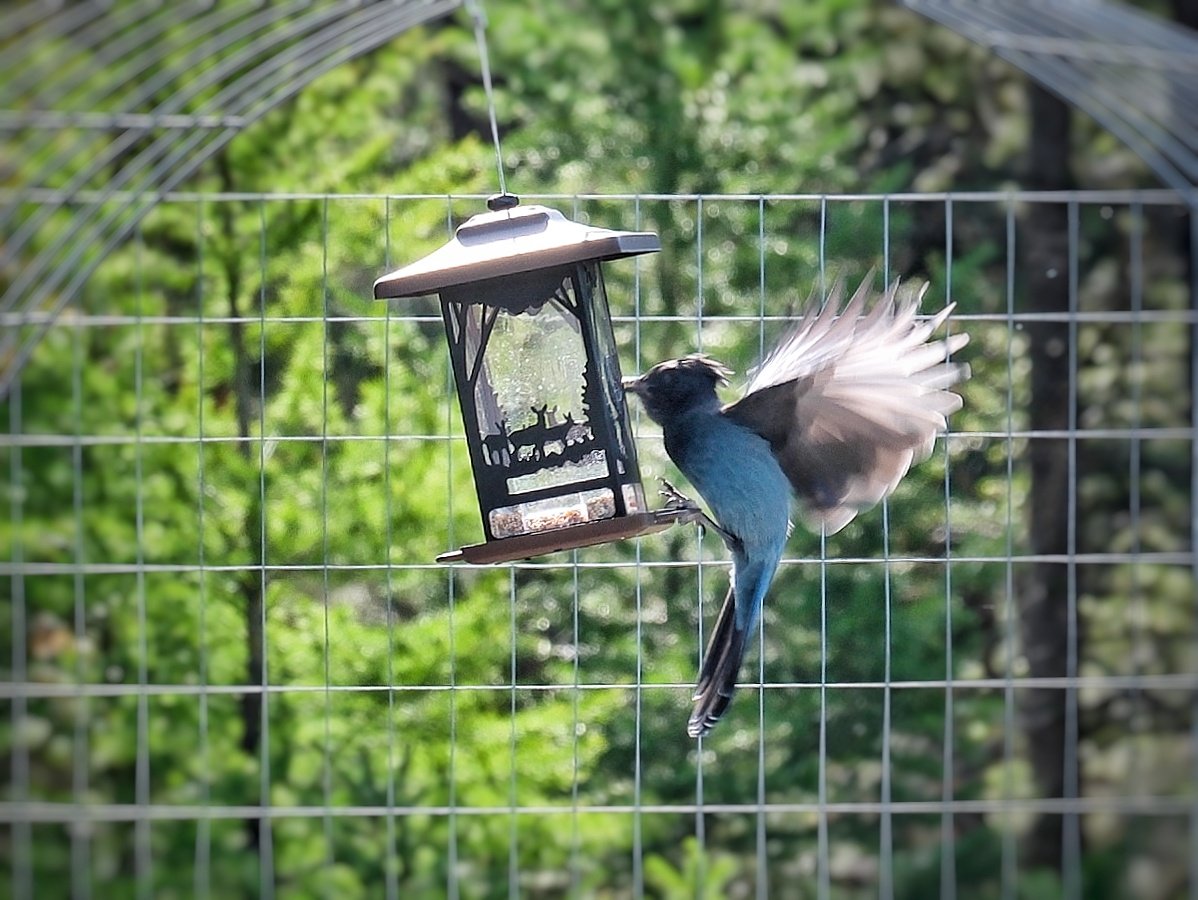


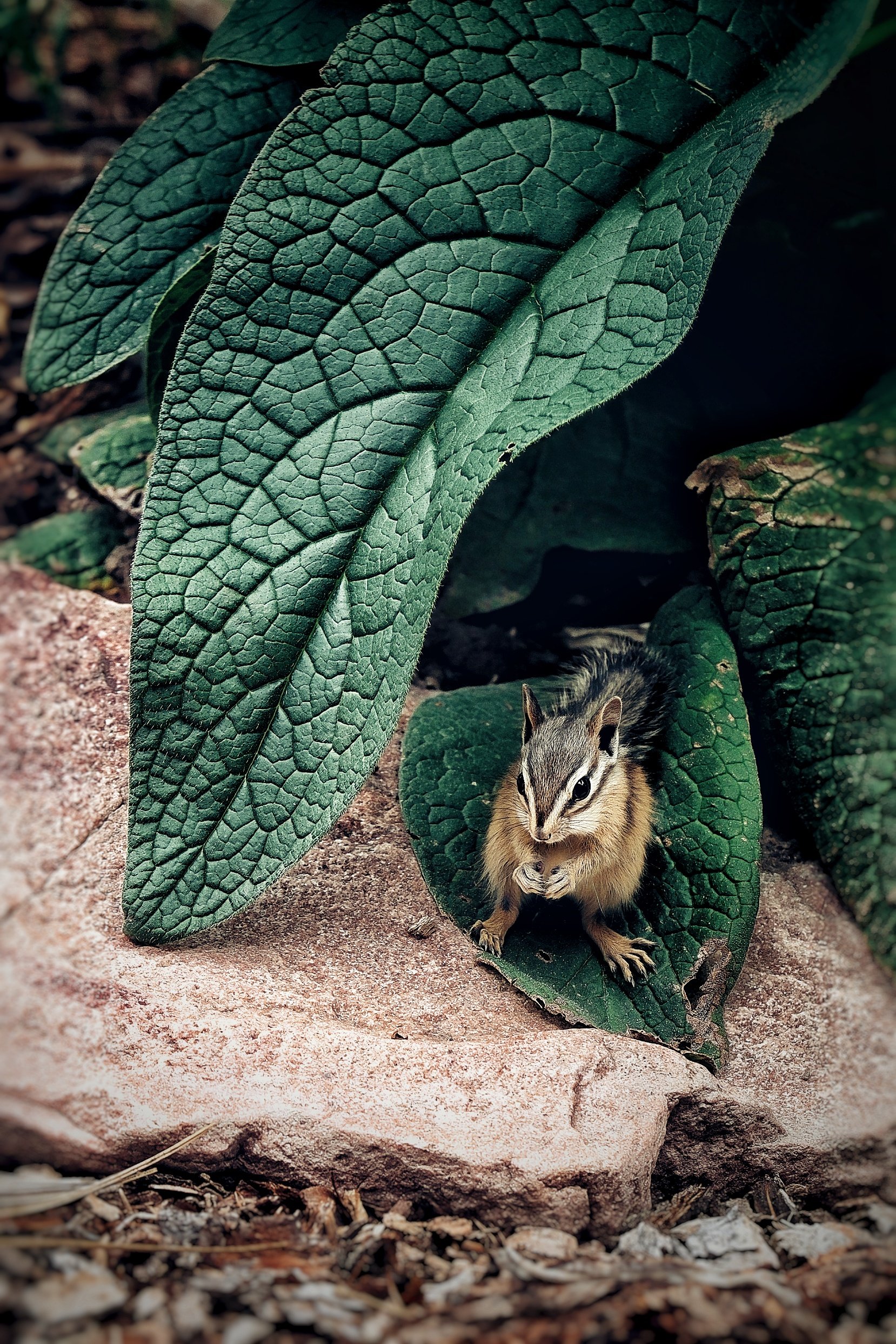
Whether you’re a birder or not, if you love nature, walking in the forest, or traveling and exploring National Parks and Forests, you’re definitely going to enjoy using Merlin Bird ID App. With this app, you are able to store, quickly identify, and share your knowledge of silly creatures that fly around you. I’m sure that you’re going to have fun and feel like a kid again when you start to memorize and eventually identify them on your own. Who knows, maybe you’re already ready to connect your Merlin App to the advanced Swarovski Optik binoculars for seamless observation and identification of more than 8000 birds or wildlife critters. But if you’re just a novice, like me, you’ll stick with the free app and a zoom lens :)
Check out our other wildlife spotted right here among the pine trees.
The Ultimate Guide to Birdwatching and Wildlife in Missoula
If you're a bird watcher, you'll love birding in Missoula. Missoula and the surrounding area offer a lot of fantastic birding-watching sites and opportunities.
Are you a birder? a bird-watcher? a twitcher?
Birder — The acceptable term used to describe the person who seriously pursues the hobby of birding. May be professional or amateur.
Birding — A hobby in which individuals enjoy the challenge of bird study, listing, or other general activities involving bird life.
Bird-watcher — A rather ambiguous term used to describe the person who watches birds for any reason at all, and should not be used to refer to the serious birder.
— Birding, Volume 1, No.2
Twitching is a British term used to mean "the pursuit of a previously located rare bird." In North America, it is more often called chasing. The term twitcher, sometimes misapplied as a synonym for birder, is reserved for those who travel long distances to see a rare bird that would then be ticked, or counted on a list.
Luckily, living in the lush forest at The Hohnstead, we don’t have to travel or walk very far in order to see some magnificent bird species. Over the years, I’ve definitely become that person who upon seeing a new photogenic bird has to run into the house to grab my long zoom lens and a camera in order to try to capture these otherwise hard to spot species in the wild. At times the images are very easy to come by, when a bird lands on our garden’s fence. Other times, I’m following them up and down the hills in order to get a better shot, better light, better angle but also trying very hard not to spook them.
I wish I could say that the chase is just as exciting as the final result, but as a photographer of 15+ years, I’m always hoping that the final image is not just ok, but in focus, has a great composition, and looks like something you might see in a magazine (yup, the standards are pretty high over here, but I call it The Happiness of Pursuit :P
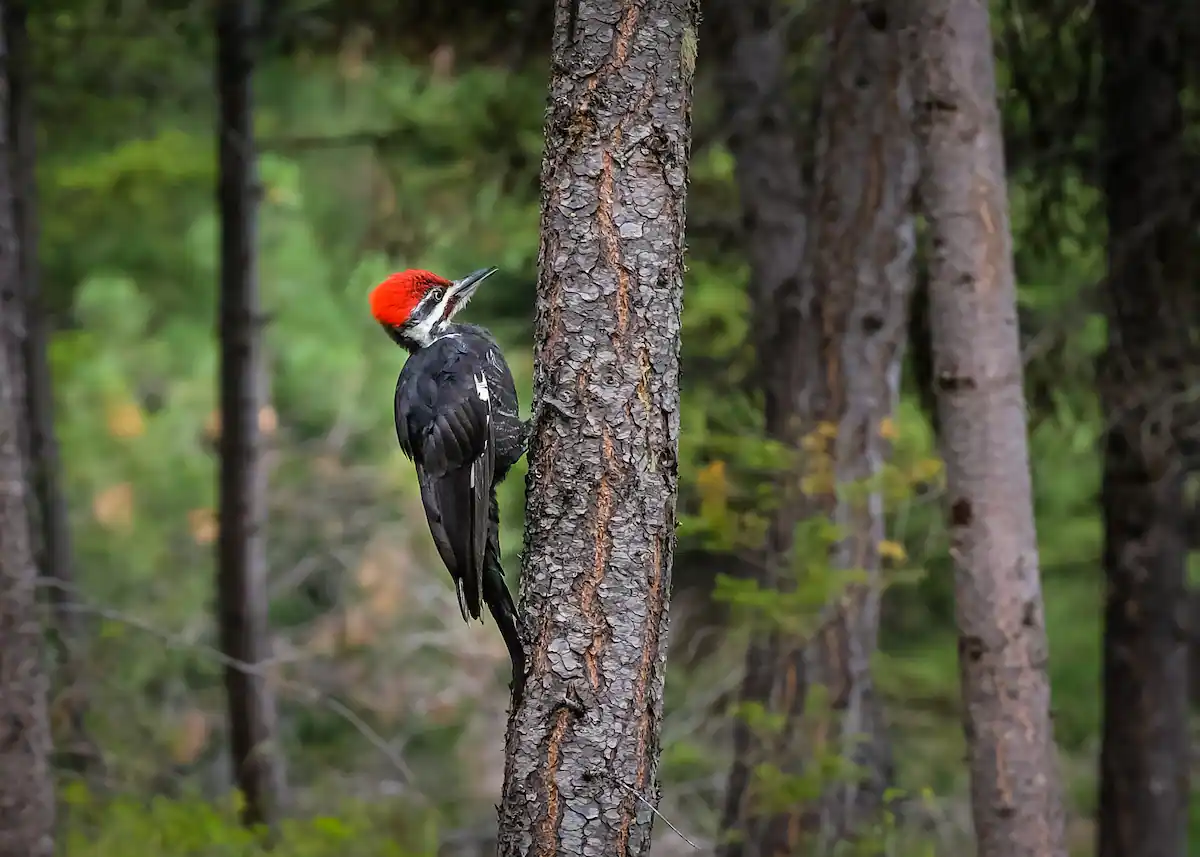


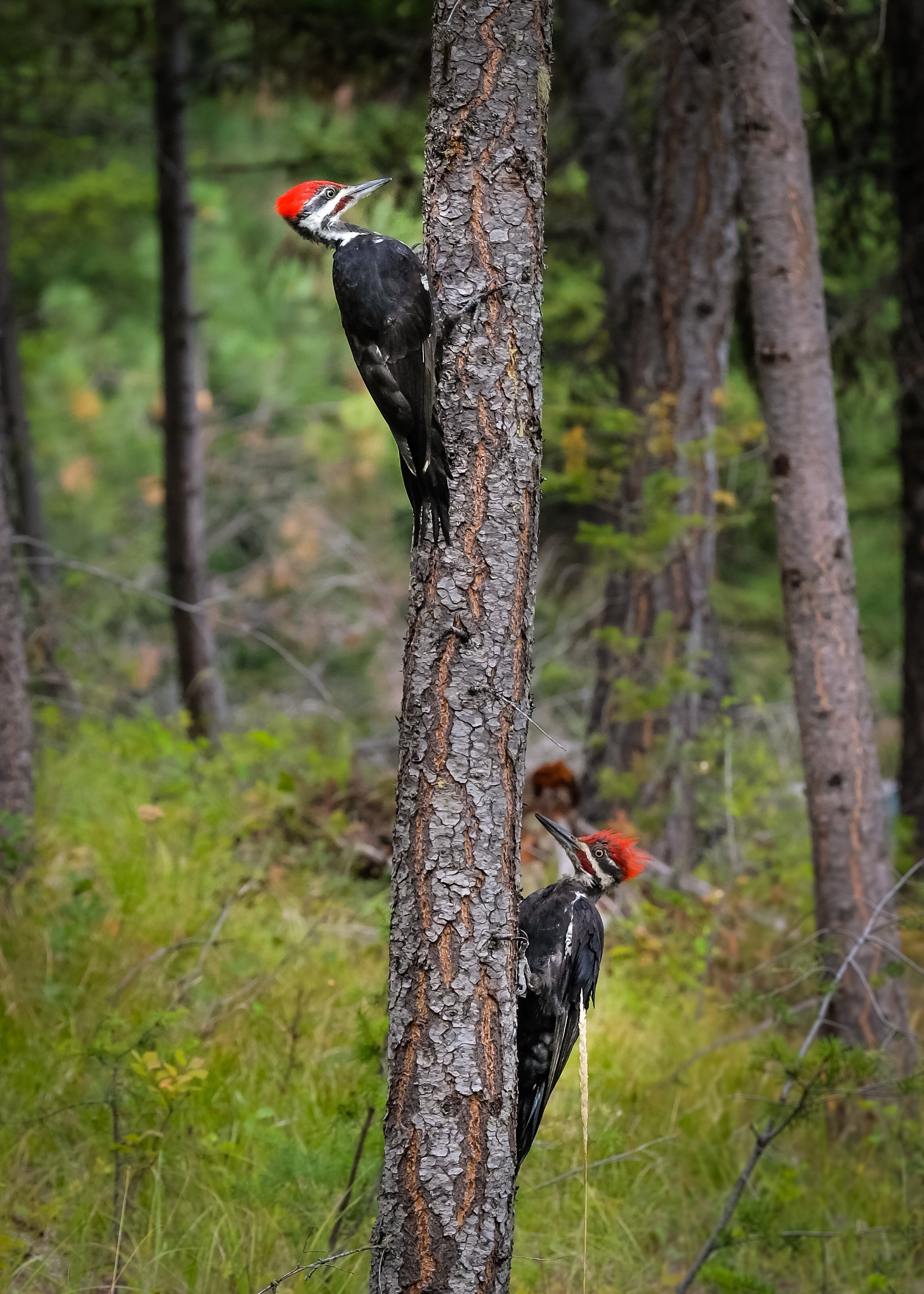
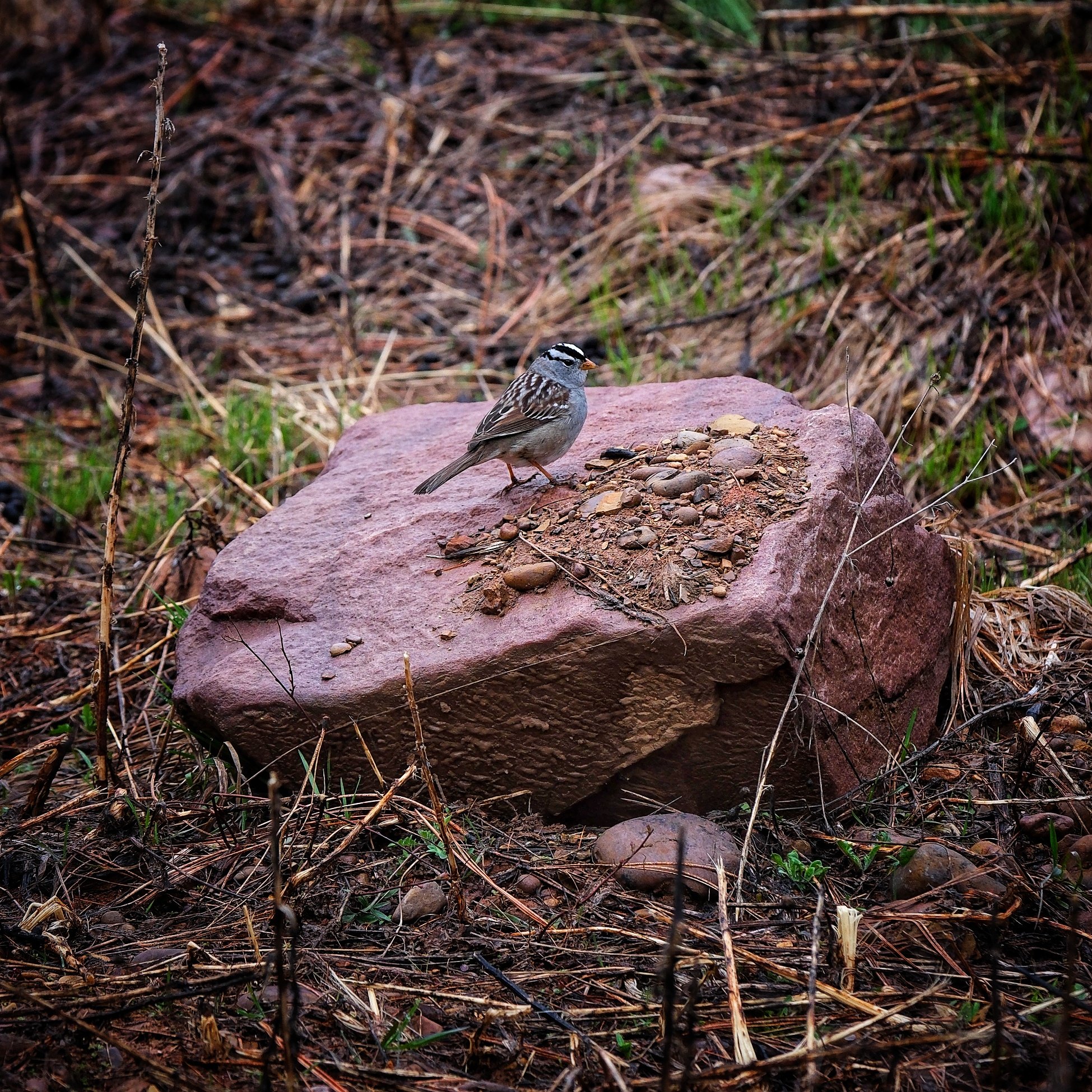


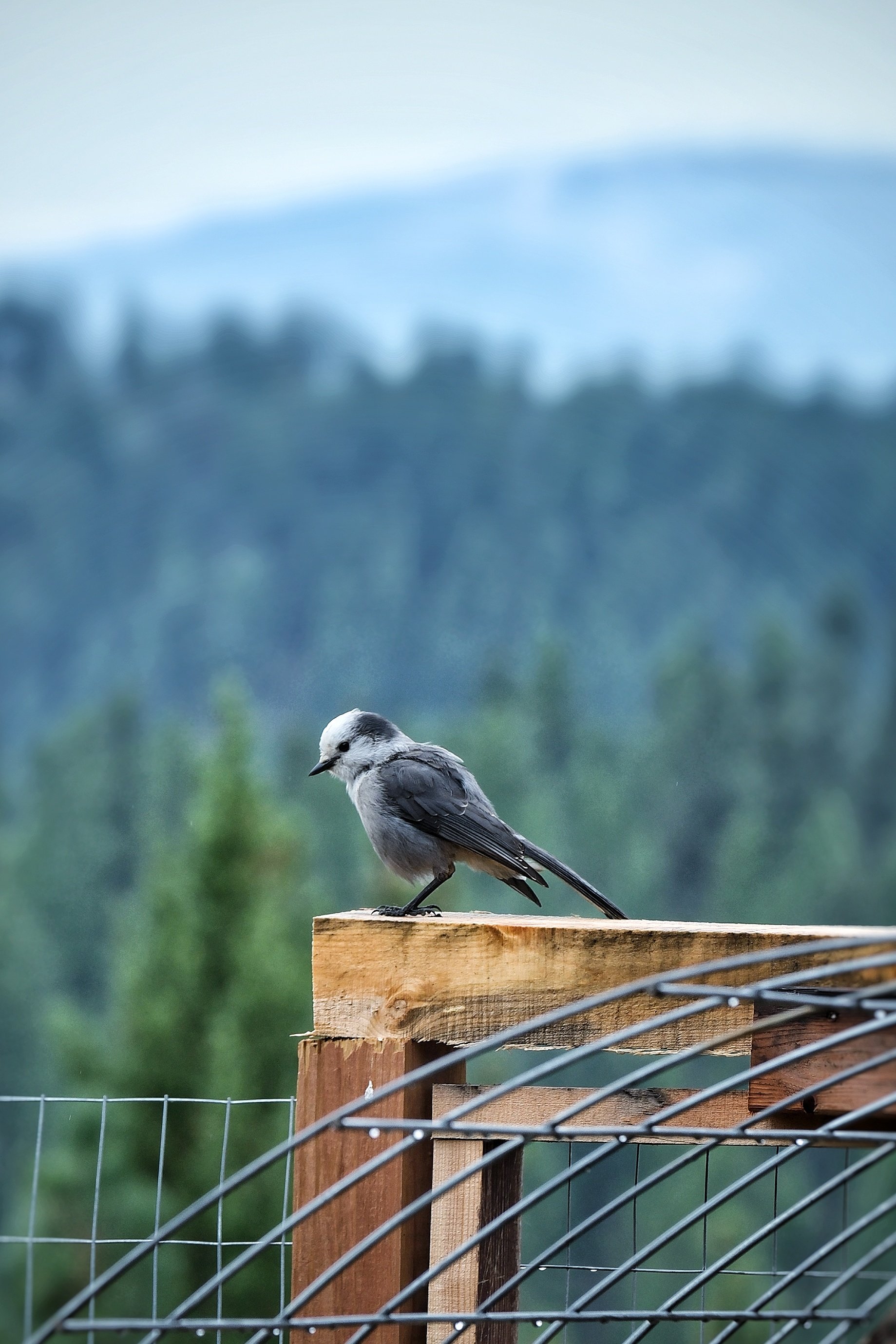
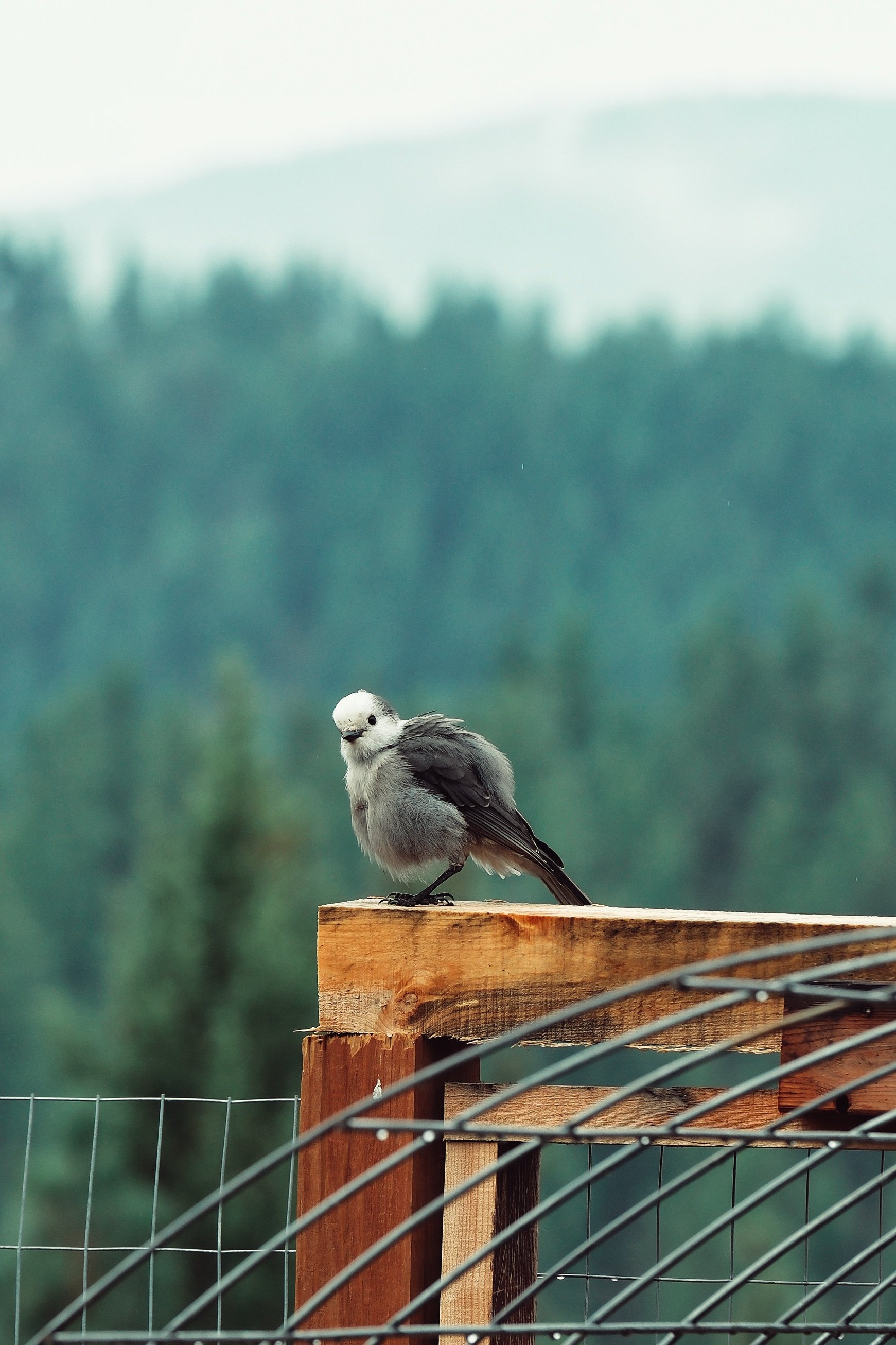
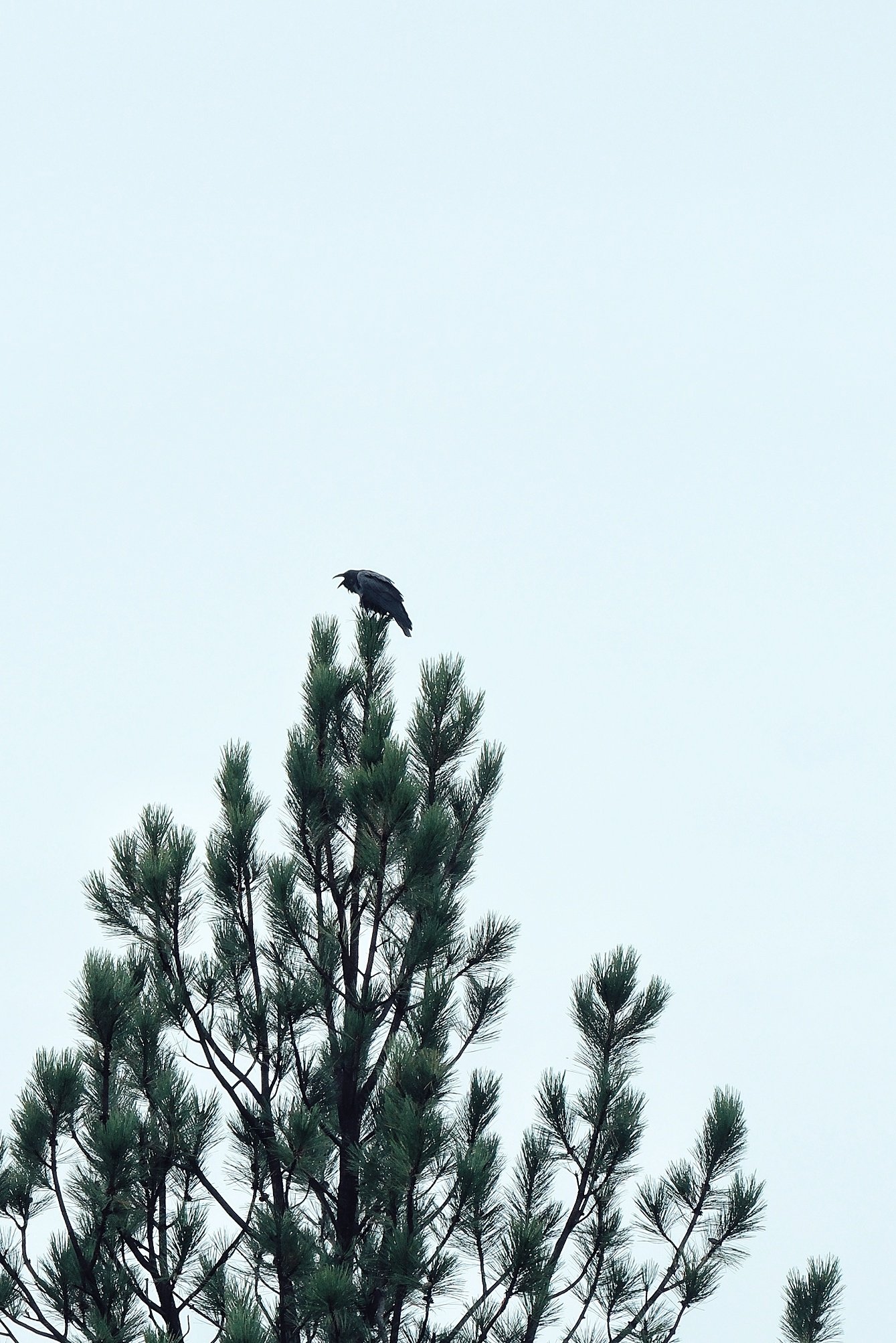
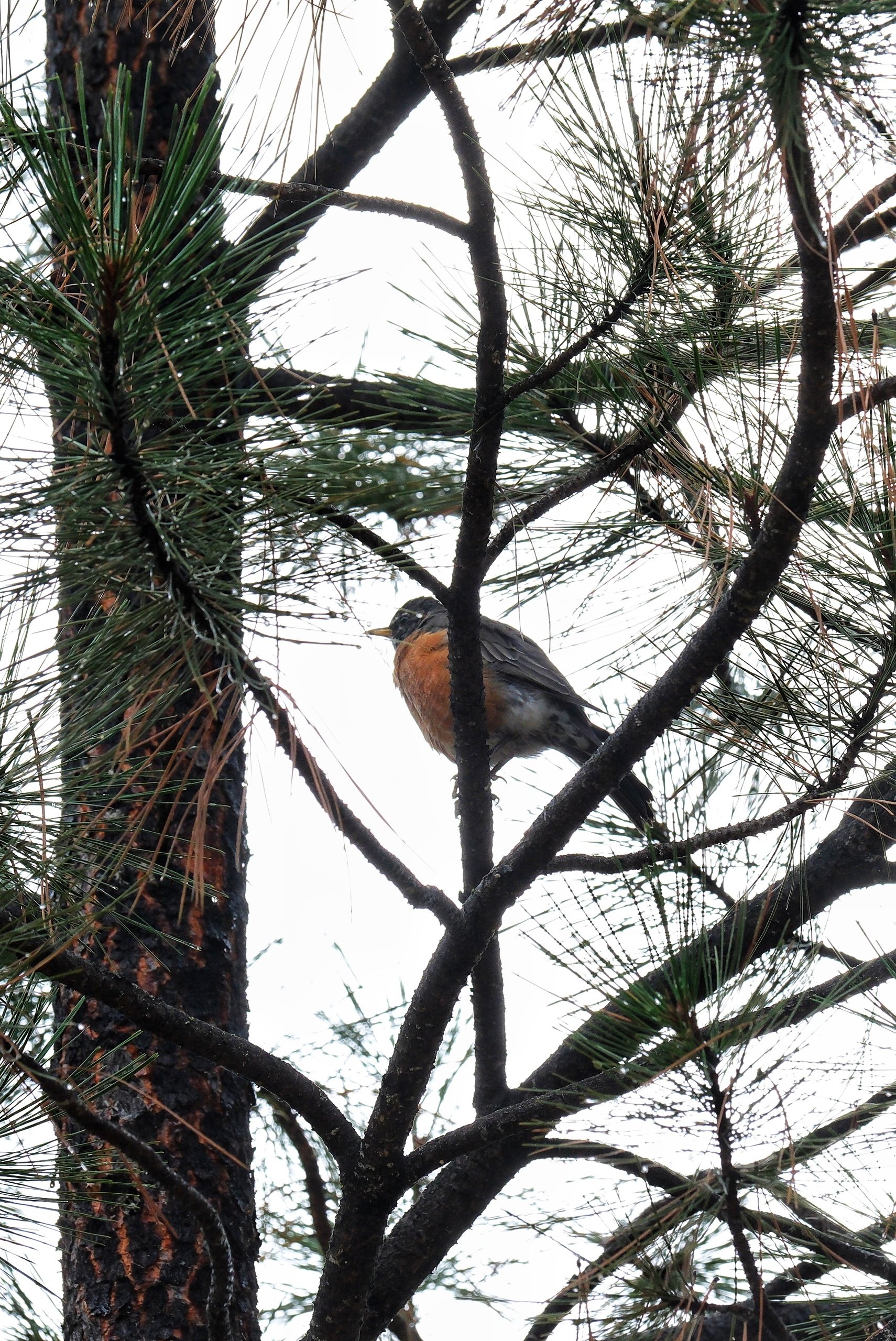
locations to bird watch near missoula, montana
Kelly Island Fishing Access (146 observed species)
(click to see on eBird for up to date sightings and species recorded at this location.)
4854 Spurgin Rd, Missoula, MT 59804, USA
Some expected birds are Bald Eagle, Turkey Vulture, Pileated Woodpecker, Lewis’s Woodpecker, Red-naped Sapsucker, Vaux’s Swift, Western Wood-Pewee, Yellow Warbler, and Black-headed Grosbeak.
Maclay Flat and Blue Mountain (196 observed species)
Forest Rd 19155, Missoula, MT 59804, USA
Watch for Dusky Flycatcher, Hammond’s Flycatcher, Clark’s Nutcracker, Townsend’s Solitaire, Western Tanager, kinglets, warblers, chickadees, and nuthatches.
““There are about 10,000 species of bird and only a small number of people have seen more than 7,000.””
Rattlesnake National Recreation Area (134 observed species)
Rattlesnake Dr, Missoula, MT 59802, United States
The first mile is a narrow, brushy riparian area that is good for many species of the conifer forest including Ruffed Grouse, Rufous Hummingbird, Western Tanager, and Townsend’s Warbler. Flammulated Owls occur on the ridge overlooking Marshall Canyon to the Southeast.
Mount Jumbo (110 observed species)
Drive to the east end of Cherry Street or Poplar Street just north of I-90.
Look for Calliope Hummingbird, Nashville Warbler, Spotted Towhee, and Lazuli Bunting. The summit ridge is a good place for migrating raptors in spring and fall. Access the saddle, which leads to varied habitats, by following Lincoln Hills Drive through the housing area to the trailhead. Look for Western and Mountain Bluebirds, Cassin’s Vireo, Western Tanager, Vesper Sparrow, and Cassin’s Finch.
Greenough Park (160 observed species)
1001 Monroe St, Missoula, MT 59802, USA
Resident species include Western Screech-Owl, Great Horned Owl, Pileated Woodpecker, American Dipper, Red-breasted Nuthatch, Lesser Goldfinch and Song Sparrow. Northern Pygmy-Owls, Bohemian Waxwings, and Varied Thrushes visit in winter. Summer residents include House Wren, Swainson’s Thrush, Cedar Waxwing, Red-eyed Vireo, warblers, Bullock’s Oriole, Black-headed Grosbeak, Lazuli Bunting, and Spotted Towhee.
““In 2016, Arjan Dwarshuis became the world-record holder for most species seen during the span of one year, logging 6,852 bird species in 40 countries””
Riverfront-Kim Williams Trail (157 observed species)
Campus Dr. Missoula, MT 59801
The habitat includes several islands, riparian trees and shrubs, and nearby Douglas-fir forest. Common birds in Spring and Summer include Osprey, Calliope Hummingbird, Vaux’s Swift, Willow Flycatcher, Cordilleran Flycatcher, Eastern Kingbird, swallows, warblers, Gray Catbird, Bullock’s Oriole, Western Tanager, and Lazuli Bunting. Winter birds include Common Goldeneye, Common Merganser, Bald Eagle, Bohemian Waxwing, and Song Sparrow. Look for American Dippers where Rattlesnake Creek enters the Clark Fork.
The Clark Fork River: Milltown State Park and I-90 East
Milltown State Park provides several areas for birding. The Confluence area offers access to the North shore of the Clark Fork. Milltown Pond, Rock Creek, Beavertail Hill State Park, Bearmouth Canyon are a few areas worth noting for birding around here.
The Overlook offers expansive views of the Clark Fork and ponds to the East, and hosts a large colony of Violet-green Swallows that will swirl around the overlook on warm Spring and Summer days.
Pattee Canyon
Take Higgins Avenue south past Dornblazer Field. Turn East on Pattee Canyon Drive and go 4.5 miles to the Pattee Canyon Trailhead.
This area is good habitat for Northern Goshawk, several owl species, Pileated Woodpecker, Williamson’s Sapsucker, Swainson’s Thrush, Hermit Thrush, warblers, Western Tanager, Black-headed Grosbeak, Evening Grosbeak, and Red Crossbill.
Other areas worth checking out for birding:
Mount Sentinel
Erksine Fishing Access
Tower Street
Council Grove
Information provided by: Five Valleys Audubon Society and Destination Missoula


































